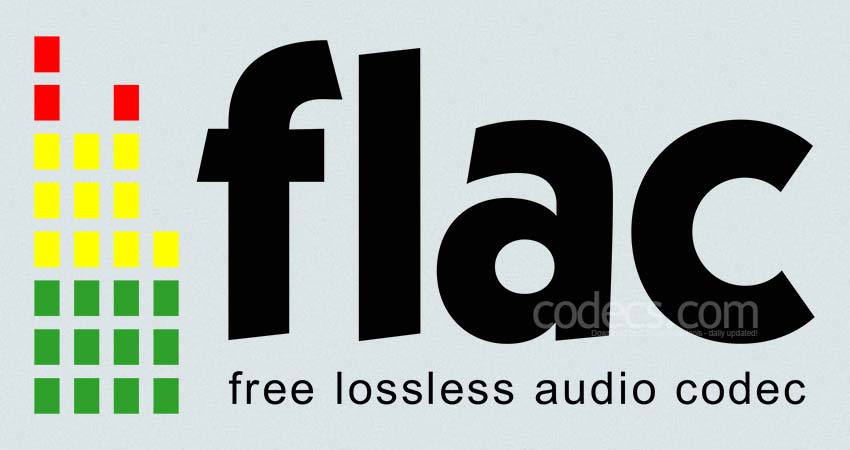FLAC: The Lossless Audio Codec Demystified
FLAC (Free Lossless Audio Codec) is a renowned audio format known for its lossless compression capabilities.
In this guide, we're going to explore what FLAC is, its advantages over other audio formats, and its applications in various domains.
Understanding FLAC
FLAC, short for Free Lossless Audio Codec, is an audio format that allows for lossless compression, meaning it reduces file sizes without sacrificing audio quality.
By utilizing predictive coding, FLAC can analyze audio data and efficiently encode it while preserving all the original audio information.
Advantages of FLAC
Uncompromised audio quality:
FLAC provides bit-perfect reproduction of the original audio, ensuring no loss of quality during compression. This makes it ideal for audiophiles and music enthusiasts who demand the utmost fidelity in their listening experience.
Efficient file compression:
Despite being a lossless format, FLAC can compress audio files to about 50%-60% of their original size. This reduction in file size saves storage space without compromising audio quality. For example, a FLAC file that takes up 50MB of storage would typically be around 100MB in an uncompressed format like WAV.
Metadata support:
FLAC supports embedding metadata within audio files, allowing for the inclusion of information such as artist, album, track titles, and cover art. This feature enhances organization and makes it easier to navigate and manage music libraries.
Broad compatibility:
FLAC is widely supported across various platforms, software, and hardware devices. Many music players, audio editing software, and portable devices can handle FLAC files, ensuring you can enjoy your music collection on a wide range of devices.
Applications of FLAC
Enhanced music listening experience:
FLAC is perfect for music enthusiasts who value high-quality audio playback. It provides an immersive listening experience and is ideal for critical listening, studio monitoring, and enjoying music on quality headphones or speakers. Popular music players like Foobar2000, VLC, and Winamp support FLAC playback.
Professional audio production:
FLAC is widely used in the music industry for professional audio production. It allows for lossless editing, processing, and archiving of audio files, ensuring the highest quality throughout the production chain. Software tools like Adobe Audition, Ableton Live, and Steinberg Cubase support FLAC encoding and decoding.
Archiving and preservation:
FLAC is an excellent choice for archiving and preserving audio collections. It ensures that the original audio quality is retained over time, making it suitable for long-term storage and future use. Many digital music libraries and archival projects utilize FLAC for preserving historical recordings.
How to Use FLAC
Playing FLAC files:
To play FLAC files on your computer, you can use various media players like VLC, Foobar2000, or Winamp.
These players have built-in FLAC support and can provide high-quality playback.
Encoding to FLAC:
To encode audio to FLAC, you can use dedicated encoding software like FLAC Frontend, dBpoweramp, or X Lossless Decoder (XLD) (for Mac OS).
These tools allow you to convert audio files from other formats to FLAC while retaining the lossless quality.
Managing FLAC libraries:
Organizing and managing your FLAC library can be done through music management software like MusicBee, MediaMonkey, or iTunes.
These programs offer features for sorting, tagging, and creating playlists for your FLAC collection.











